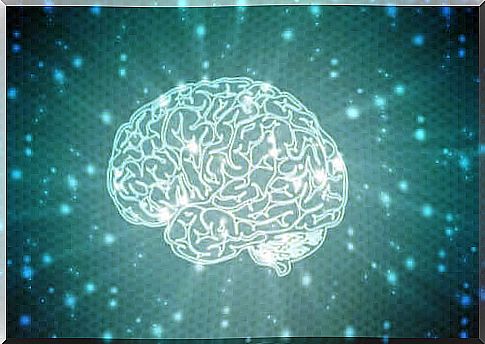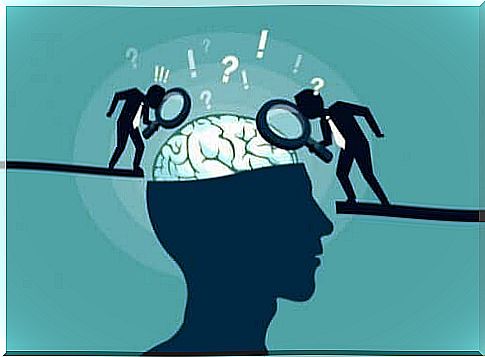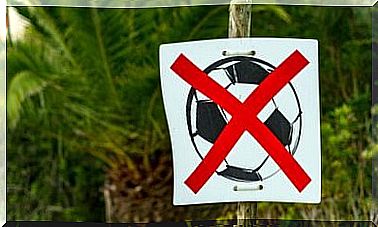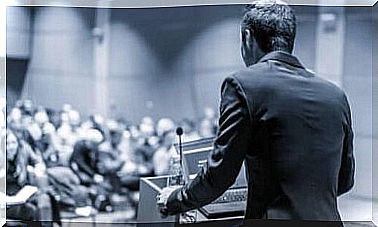What Are Neuromytes And Which Are The Most Common?

As neuroscience has made more and more people discover about the human brain, misinterpretations and misleading generalizations have unfortunately arisen, which has given rise to what we call “neuromytes”.
These myths about neuroscientific knowledge seem to be particularly prevalent in the school world. The result is that parents, teachers and students have formed some misconceptions about the brain and the learning process.
This type of information bias has resulted in training methods that are not evidence-based.
It has also led to misjudgments and misconceptions that affect educators’ (parents’ and teachers’) views on the learning process.

Punching holes in neuromytes
All neuromytes are based on actual scientific knowledge. But for one reason or another, it happens that people distort the information or are content to look at a very special aspect of the research.
Below we dig holes in three of the most common neuromytes.
We use only 10% of our brain
This is probably the most common of all neuromytes and is spread by e.g. educators, parapsychologists and advertising agencies.
The myth states that humans only use 10 percent of their brain, but that we can increase this proportion with the help of special training and special learning methods.
In other words, the other 90 percent would in principle be unused.
If there is one grain of truth in this neuromyte, it is that the brain is a well-developed organ and its way of functioning means that it never uses 100 percent of its capacity.
But that does not mean you can not improve your skills. However, these improvements are made through the strengthening of connections, the creation of new networks and the promotion of brain health. It is not a question of “space”.
If your brain were activated 100 percent, it would require a huge amount of energy. In addition, it would trigger all sorts of different behaviors at once.
The brain works by activating certain areas that are connected to each other to evoke certain behaviors and cognitive processes.
Furthermore, researchers have observed that even during sleep, our brain shows a certain degree of activity. So we actually use 100 percent of our brain, just not at the same time.
2. We learn better if we respect our “learning style”
Another common belief is that students learn better if the presentation of information is consistent with their learning style. People often identify three different styles: auditory, kinesthetic and visual.
According to this view, every student should learn in the way that suits him or her best. Some schools have even gone so far as to register children with the first letter of their learning style.
Given the prevalence of this belief, it may surprise you that it has no scientific basis.
Nor are there any studies that indicate that people learn better when they obtain information through specific channels.
On the contrary, research in this area is clearly deficient.
But it is certainly true that each individual’s brain is the product of distinct experiences and biological conditions. Therefore, it is reasonable that each individual has their own preferences regarding the learning process.
But does that mean a certain style is better?
One thing we probably know is that when the brain receives various sensory stimuli that it cannot integrate, confusion can occur. In such cases, the brain must resort to more resources to absorb and process the information.
However, if the information is abundant and includes different sensory channels, the learning experience becomes stronger.
3. The halves of the brain are independent of each other and determine our personality
This popular myth claims that each hemisphere is responsible for certain processes and functions independently of the other. Another part of this myth is that one side of the brain is always dominant and that this leads to certain traits.
According to this idea, the right hemisphere is responsible for more versatile thinking. It is more artistic, sensory and frivolous.
In contrast, the left hemisphere is analytical, responsible, accurate, structured and logical.
However, scientific research has shown that these ideas about the right and left hemispheres of the brain are completely untrue. Instead, it appears that both halves of the brain receive and process all types of information.
However, it is more likely that certain functions take place in areas located in either hemisphere or brain.
But these areas process the information in a coordinated way, as long as there is no kind of brain disease.
And even if being right-handed or left-handed means that one half of the brain dominates, this has nothing to do with people’s personalities or their way of processing information.
Because regardless of whether we are right-handed or left-handed, our competence and ability depend on our experience and other hereditary factors.









